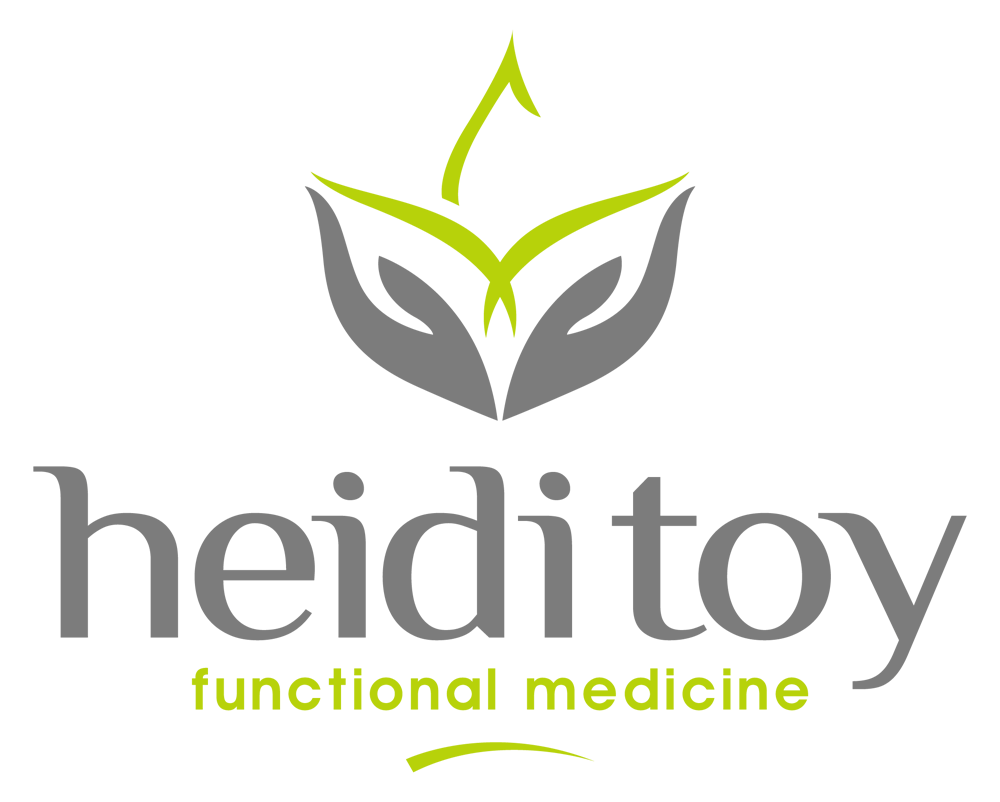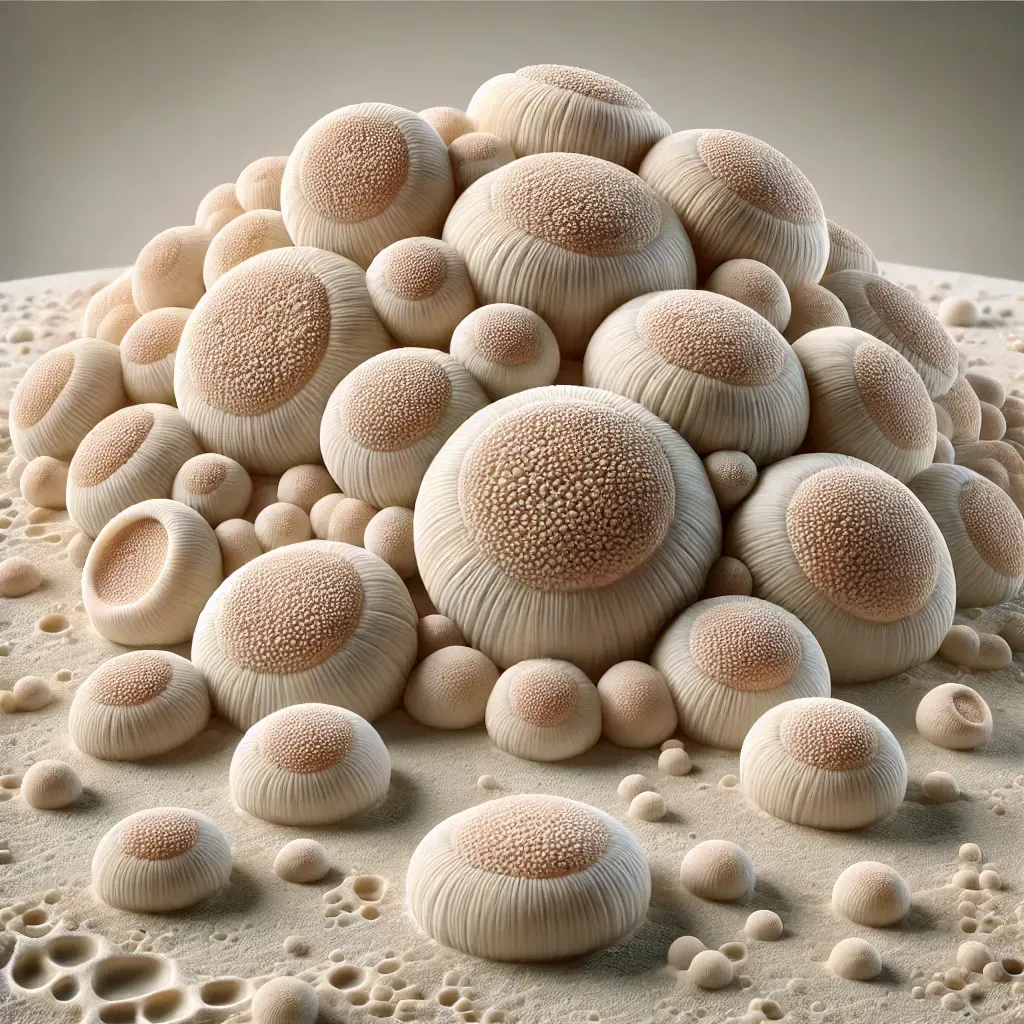Why Zinc Should Be on Your Health Radar: The Essential Mineral Explained
Let’s dive into something often overlooked — kind of like that missing piece of a jigsaw puzzle that you never seem to find.
I’m talking about Zinc.
In a world overflowing with buzzwords about “superfoods,” must-have vitamins, and the latest diet trends, there’s a quiet hero hiding in the wings: zinc.
This essential mineral often plays second fiddle to flashier nutrients, yet it’s a powerhouse when it comes to brain function and immune health. By the end of this, you might just find yourself as smitten with zinc as I am! 🤩
Why is Zinc So Deficient in Our World?
- Depleted Soils: Imagine a garden that’s been overwatered but undernourished — that’s our soil today. Many global soils are lacking in zinc, failing to provide the essential minerals our crops need. It’s like trying to fill a swimming pool with a garden hose; it’s just not cutting it.
- Hybrid Crops: Remember the days when fruits and vegetables were grown without all the frills? Today’s hybrid crops may be high-yield, but they’re often as nutritionally barren as a cardboard box.
- Processed Foods: Eating processed food is like trying to fill a tank with fumes instead of gasoline. White flour, white rice, and sugary snacks strip away the good stuff, leaving you with a nutrient-deficient meal. And don’t get me started on table salt — it’s like adding water to a gourmet dish. Sea salt has a sprinkle of zinc; table salt? Hardly any.
- Frozen Foods: Ever notice how that frozen broccoli stays so bright? It’s not just a miracle of modern food science; it’s a sign that something’s off. Chemicals like EDTA are used to maintain that fresh look, but they’re also robbing your food of essential nutrients like zinc. “Frozen but flavorless” might as well be its tagline.
- Baby Alert: Did you know that many newborns come into the world with a zinc deficit? It’s like a ticket to a show that’s already sold out. During pregnancy, mothers prioritize zinc for their own needs, often leaving little for the baby.
- Red Meat Rescue: If you’re forgoing red meat, you might be missing out on a rich source of zinc. Beef, pork, and lamb are your best bets. If you lean toward plant-based eating, you'll have to work a little harder to meet your zinc needs.
- Stress Drains Zinc: Think of stress as a vacuum cleaner that sucks up your zinc faster than you can take a deep breath. And those little white spots on your nails? They’re not just decorative; they’re your body sending an urgent message that it’s craving more zinc.
- Zinc’s High-Demand Seasons: There are times in life when your body screams for zinc — childhood, puberty, pregnancy, and old age are just a few. For instance, low zinc levels in teenage boys can be why they’re not towering over their peers; they’re busy directing zinc to develop other areas, if you catch my drift.
Best Way to Replace Zinc?
As always, start with an HTMA (Hair Tissue Mineral Analysis) to check where your zinc levels stand. This test is your guide, showing you both your current status and where you might be headed. Be cautious, though — taking too much zinc without knowing your baseline can throw everything else out of balance.
If you need a boost, I recommend oyster capsules for their rich zinc content. If oysters aren’t your thing, try forms like glycinate or gluconate, which are easier for your body to absorb.
14 Whole Food Sources of Zinc
If you want to amp up your zinc intake through food, here’s a handy list of top sources:
1. Lentils
2. Beef
3. Shiitake Mushrooms
4. Oatmeal
5. Pork Chops
6. Spinach
7. Chickpeas
8. Cashews
9. Hemp Seeds
10. Oysters
11. Firm Tofu
12. Pumpkin Seeds
13. Yogurt
14. Chicken
Why Zinc Matters So Much
So, why should we pay attention to zinc? It’s easy to overlook minerals when you’re inundated with health trends, but zinc is crucial for several reasons:
- Immune System Champion: Zinc is vital for how our immune system fights off invaders, whether they’re colds or other health challenges. A deficiency means your body’s defenses are less prepared.
- Cognitive Clarity: Zinc plays a key role in brain function and mood stability. If you’ve been feeling off or struggling with concentration, low zinc could be part of the puzzle.
- Healing Factor: Zinc is essential for tissue growth and repair, making it crucial for healing wounds. When your body is low in zinc, recovery can slow down considerably.
- Hormone Regulator: Zinc influences hormone balance, from thyroid health to insulin sensitivity. If you're dealing with hormonal issues, zinc may be an important part of the solution.
Stress and Zinc: A Balancing Act
In our fast-paced world, stress can deplete zinc reserves at an alarming rate. When stress levels rise, so do your adrenal demands for zinc. This can lead to fatigue, irritability, and digestive disturbances, creating a vicious cycle.
And yes, those white spots on your nails? They often signal a zinc deficiency linked to stress.
How to Keep Your Zinc Levels in Check
Stay proactive about your zinc levels, particularly during life phases that demand more. Regular testing through an HTMA can help you understand your zinc status, and remember — food sources can sometimes be a better option than supplements.
The Bottom Line: Don’t Underestimate Zinc
While zinc may not have the spotlight like some nutrients, its importance can’t be overstated. From supporting your immune system to maintaining hormonal balance, it plays a vital role in overall health.
Keep an eye on your zinc levels, especially during stressful times, and consider getting an HTMA test to get a clearer picture of your needs. Trust me — once you start prioritizing zinc, you’ll wonder why it took you so long!
Ready to Explore Your Zinc Status?
To truly understand your body’s zinc levels and how they fit into your mineral landscape, I highly recommend getting an HTMA test.
And here’s the exciting part — something special is on the horizon for the holidays, so make sure you’re signed up for my newsletter and keeping an eye on your inbox.
You won’t want to miss it! 🎁
Don't Miss Out!

Heidi Toy Functional Medicine Blog























































































